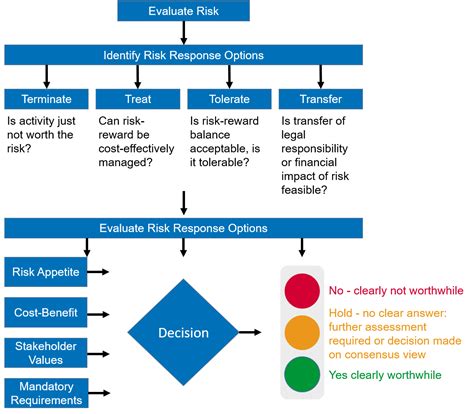The Role of Risk Management in Trading Ethereum (ETH)
Cryptocurrency trading has become increasingly popular in recent years, with millions of traders around the world participating in the market every day. One of the key factors that contribute to this success is risk management. In fact, effective risk management is crucial for all types of cryptocurrency trading, including buying and selling Ethereum (ETH). In this article, we will explore the role of risk management in trading Ethereum and provide tips on how to implement it successfully.
Why Risk Management Matters
Cryptocurrency markets are known for their high volatility, with prices fluctuating rapidly due to factors such as changes in market sentiment, regulatory news, and economic indicators. This volatility can lead to significant losses if traders are not careful about managing their risk exposure. Without proper risk management strategies, traders may be forced to sell or hold onto positions that they cannot afford to lose, resulting in substantial financial losses.
The Importance of Risk Assessment
Before entering the cryptocurrency market, it is essential for traders to assess their risk tolerance and understand the potential risks associated with each asset, including Ethereum. This involves evaluating various factors such as:
- Volatility: How much price movement can a trader expect?
- Liquidity: How easily can they buy or sell assets in case of a panic or sudden change in market sentiment?
- Market capitalization: The size and influence of the cryptocurrency market, which can impact its volatility.
- Security measures: The effectiveness of traders’ wallets, exchanges, and other security measures to prevent hacking.
Risk Management Strategies for Trading Ethereum
To minimize risk while trading Ethereum, traders should employ a combination of strategies, including:
- Position sizing: Managing the amount of capital invested in each trade to limit potential losses.
- Stop-loss orders

: Setting price levels at which to automatically sell or close positions if prices move against the trader’s expectations.
- Diversification: Spreading investments across multiple assets to reduce exposure to any single security.
- Hedging: Using derivative instruments, such as futures contracts, to mitigate potential losses in a given market condition.
- Risk-reward ratio
: Setting clear rules for trading based on risk and reward, ensuring that traders are not taking too big of risks relative to their objectives.
Best Practices
To ensure effective risk management while trading Ethereum, follow these best practices:
- Develop a solid understanding of the cryptocurrency market: Continuously educate yourself about market trends, news, and regulatory developments.
- Use technical analysis tools: Leverage technical indicators and charts to identify potential trading opportunities and predict market movements.
- Maintain a risk management framework: Set clear rules for managing risk exposure and stay within those limits.
- Regularly review and adjust risk management strategies: Adapt your approach as market conditions change and new information becomes available.
Conclusion
Risk management is essential for traders to navigate the complex and unpredictable world of cryptocurrency markets. By understanding the importance of risk assessment, implementing effective risk management strategies, and following best practices, traders can minimize potential losses while profiting from the opportunities presented by Ethereum. Remember, risk management is a lifelong learning process; stay informed, adapt your approach as needed, and always prioritize caution in trading the volatile world of cryptocurrencies.
